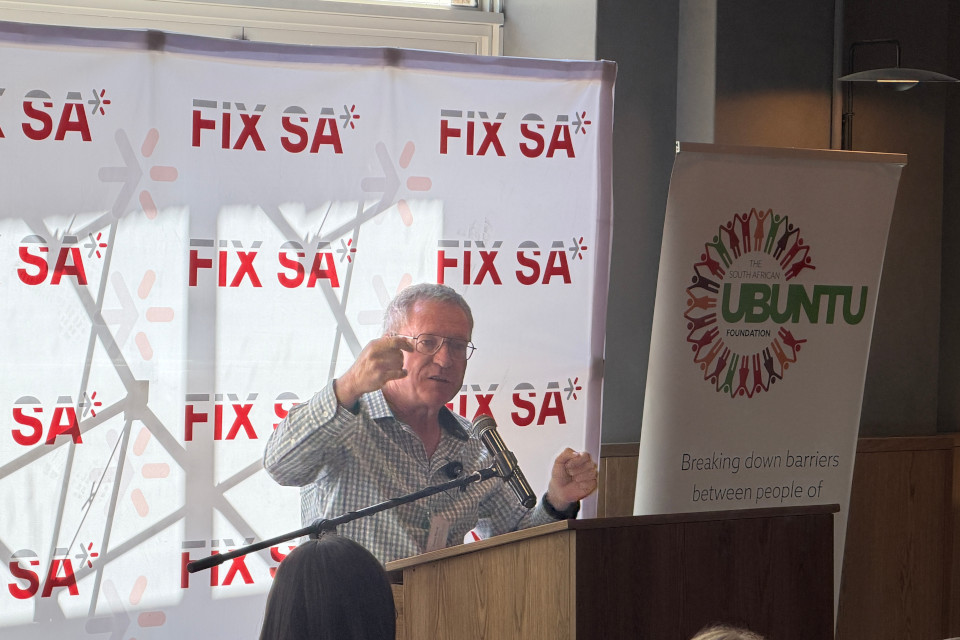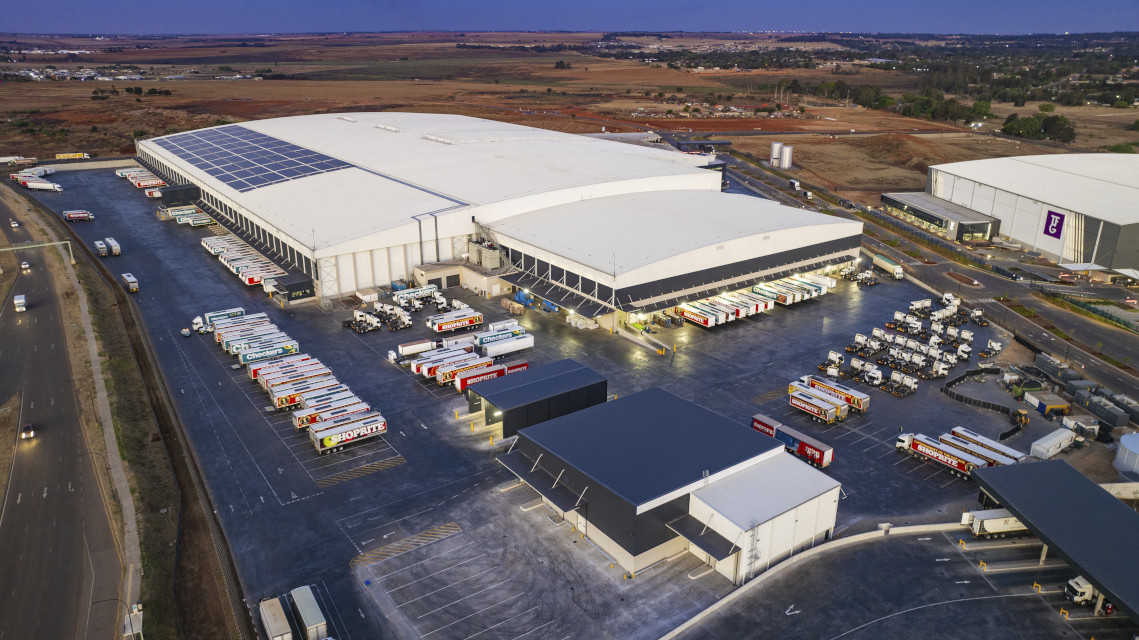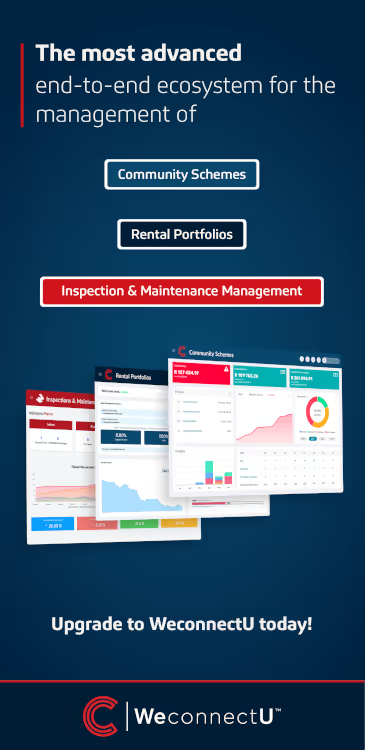Is SA housing market poised for a powerful 2026 comeback?
- Grey-list exit, stronger rand and easing rates reignite buyer confidence.
- First-time buyers surge as deposits fall and lending improves.
- Bond yields, pricing trends and income growth signal a market recovery.
Is SA’s Housing Market on the Brink of a Major Comeback?
South Africa’s housing market is edging into a new cycle of growth, supported by stabilising interest rates, renewed investor confidence and rising buyer activity that signals a meaningful turnaround heading into 2026.
“Homeowners and aspirant buyers have reason to be optimistic,” says Bradd Bendall, BetterBond’s National Head of Sales. With South Africa’s FATF grey-list exit, a firmer rand, stronger economic signals, and improving lending appetite, the foundations for a sustained recovery appear firmly in place.
According to BetterBond’s November Property Brief, home-loan application volumes are now 30% higher than their 2023 low—reaching their strongest levels in almost two years. “We are steadily returning to pre-2023 activity,” Bendall notes.
Prime Lending Rate Trend
BetterBond prime rate graph for October 2021 – November 2025

Momentum Builds: Key indicators turning positive
Several macro-economic and financial markets are pointing to a broad-based recovery:
- S&P Global maintains a positive outlook on SA’s local currency debt, raising the possibility of an upgrade.
- The 10-year bond yield has dropped 225 basis points since April, signalling investor confidence and expectations of a shift toward a more accommodative policy stance.
- Manufacturing sales hit nearly R300 billion in August, highest since late 2023, while wholesale sales could reach R1 trillion in Q4 2025.
- EU and development financiers have pledged billions toward SA energy and infrastructure.
- The Reserve Bank now forecasts real GDP growth of 1.8% from 2026 - 2028.
“Rates are still 50% higher than four years ago, but the direction is encouraging. The combination of stabilising inflation, stronger fiscal signals and improving sentiment supports the case for further rate cuts in 2026,” says Bendall.
Cautious optimism ahead of the MPC
Bendall warns, however, that the SARB’s intention to anchor inflation closer to 3% could slow aggressive rate-cut momentum. “A tighter inflation anchor may force the SARB into a stricter monetary stance,” he says.
Still, the recent prime rate decreases have already:
- lowered monthly repayments for homeowners,
- unlocked pent-up demand among buyers,
- and broadened bank appetite for new lending.
First-Time buyers are leading the recovery
One of the strongest signals of a rebounding market is the resurgence of first-time buyers (FTBs):
- 17.4% YOY increase in FTB loans granted
- A sharp 21% decline in required deposits since 2024
- Strong FTB activity in Johannesburg’s south-eastern suburbs and the Western Cape (16% of BB’s FTB mix)
“Affordability is improving meaningfully,” says Bendall. “Lower deposit requirements and reduced borrowing costs are powerful catalysts heading into 2026.”
Still a buyer’s market, for now
While real house prices remain 2.1% lower than Q2 2023 (after inflation), nominal prices are holding:
- Average purchase price: R1.6 million
- First-time buyer average: R1.27 million
Importantly, buyer incomes are rising faster than inflation:
- Homebuyer incomes up 22% since 2023 among the 41 - 50 age group.
- Buyers aged 51 - 60 now enjoy the strongest affordability ratios.
Growing Market Confidence: Key Takeaways
- Grey-list exit strengthened global investor perception.
- Bond yields and risk premiums are falling an early sign of structural recovery.
- Manufacturing and wholesale sectors are rebounding strongly.
- Home-loan applications rising at the fastest pace since 2022.
- FTB segment is expanding as affordability improves.
- Income growth is outpacing inflation, supporting long-term purchasing power.
- Prime lending rate is stabilising and poised for further easing.
These combined dynamics are rebuilding trust, liquidity and momentum in the residential sector.
Summation: A market ready for renewal
The data is clear: South Africa’s property market is transitioning from uncertainty into renewed growth. Demand is rising, banks are lending more confidently, incomes are improving, and macro-economic conditions are shifting in favour of buyers and investors.
“All eyes are now on the Monetary Policy Committee, whose next decision could add further fuel to the recovery,” says Bendall. “Regardless of the outcome, the groundwork is set for a stronger, more active market in 2026.”
South Africa’s housing market isn’t just stabilising, it is preparing to surge.
DOWNLOAD the ECONOMIC COMPASS

.svg)
.svg)

.jpg)

.avif)


.avif)

.avif)




.svg)

.jpg)
.avif)







%20.jpg)





.avif)
%20.jpg)
